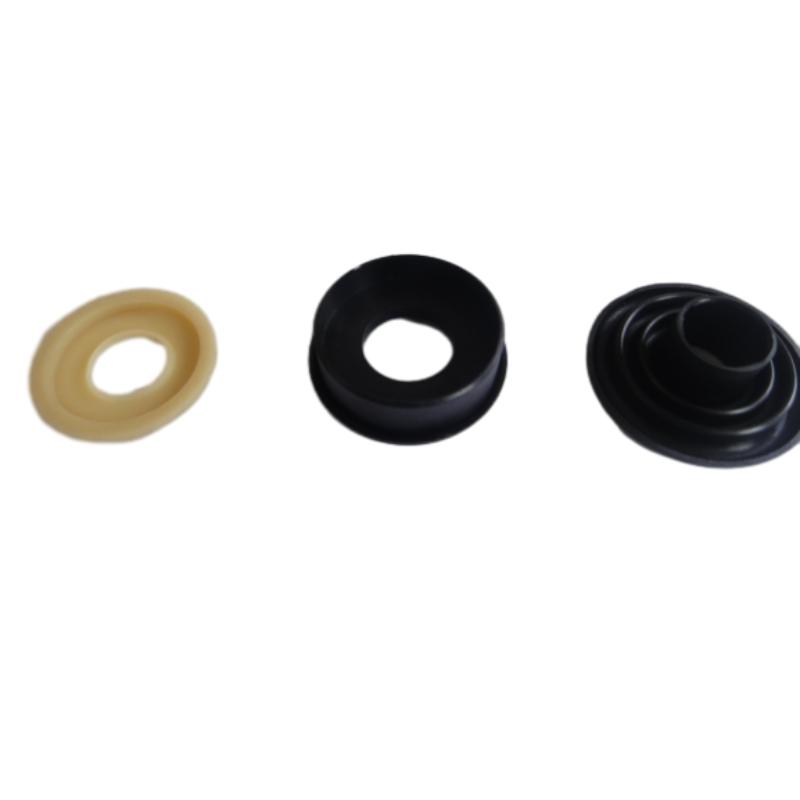 Afrikaans
Afrikaans  Albanian
Albanian  Amharic
Amharic  Arabic
Arabic  Armenian
Armenian  Azerbaijani
Azerbaijani  Basque
Basque  Belarusian
Belarusian  Bengali
Bengali  Bosnian
Bosnian  Bulgarian
Bulgarian  Catalan
Catalan  Cebuano
Cebuano  Corsican
Corsican  Croatian
Croatian  Czech
Czech  Danish
Danish  Dutch
Dutch  English
English  Esperanto
Esperanto  Estonian
Estonian  Finnish
Finnish  French
French  Frisian
Frisian  Galician
Galician  Georgian
Georgian  German
German  Greek
Greek  Gujarati
Gujarati  Haitian Creole
Haitian Creole  hausa
hausa  hawaiian
hawaiian  Hebrew
Hebrew  Hindi
Hindi  Miao
Miao  Hungarian
Hungarian  Icelandic
Icelandic  igbo
igbo  Indonesian
Indonesian  irish
irish  Italian
Italian  Japanese
Japanese  Javanese
Javanese  Kannada
Kannada  kazakh
kazakh  Khmer
Khmer  Rwandese
Rwandese  Korean
Korean  Kurdish
Kurdish  Kyrgyz
Kyrgyz  Lao
Lao  Latin
Latin  Latvian
Latvian  Lithuanian
Lithuanian  Luxembourgish
Luxembourgish  Macedonian
Macedonian  Malgashi
Malgashi  Malay
Malay  Malayalam
Malayalam  Maltese
Maltese  Maori
Maori  Marathi
Marathi  Mongolian
Mongolian  Myanmar
Myanmar  Nepali
Nepali  Norwegian
Norwegian  Norwegian
Norwegian  Occitan
Occitan  Pashto
Pashto  Persian
Persian  Polish
Polish  Portuguese
Portuguese  Punjabi
Punjabi  Romanian
Romanian  Russian
Russian  Samoan
Samoan  Scottish Gaelic
Scottish Gaelic  Serbian
Serbian  Sesotho
Sesotho  Shona
Shona  Sindhi
Sindhi  Sinhala
Sinhala  Slovak
Slovak  Slovenian
Slovenian  Somali
Somali  Spanish
Spanish  Sundanese
Sundanese  Swahili
Swahili  Swedish
Swedish  Tagalog
Tagalog  Tajik
Tajik  Tamil
Tamil  Tatar
Tatar  Telugu
Telugu  Thai
Thai  Turkish
Turkish  Turkmen
Turkmen  Ukrainian
Ukrainian  Urdu
Urdu  Uighur
Uighur  Uzbek
Uzbek  Vietnamese
Vietnamese  Welsh
Welsh  Bantu
Bantu  Yiddish
Yiddish  Yoruba
Yoruba  Zulu
Zulu Cost analysis and pricing trends for various types of conveyor pulleys in the industry
Understanding Conveyor Pulley Prices A Comprehensive Guide
Conveyor pulleys play a crucial role in the efficiency and effectiveness of conveyor systems used in various industries, including mining, manufacturing, and logistics. As essential components of conveyor belts, pulleys are responsible for driving the belt and facilitating the movement of materials. This article aims to provide insights into the factors influencing conveyor pulley prices, the different types available on the market, and tips for businesses seeking to invest in these critical components.
Factors Influencing Conveyor Pulley Prices
1. Material of Construction The price of conveyor pulleys can vary significantly based on the materials used in their construction. Common materials include steel, aluminum, and plastic. Steel pulleys, known for their strength and durability, tend to be more expensive than their aluminum or plastic counterparts. Additionally, the choice of coatings, such as powder coating or galvanizing, can impact the overall cost.
2. Size and Design Conveyor pulleys come in various sizes and designs, tailored to specific applications. Larger pulleys, which are required for high-capacity systems, often come with a higher price tag due to the increased material costs and engineering requirements. Custom-designed pulleys that meet particular specifications will also command higher prices than standard options.
3. Manufacturing Process The method of production significantly influences price. Pulleys that are fabricated using advanced manufacturing techniques or that involve precision engineering processes will typically be more expensive. Additionally, pulleys produced in smaller quantities or through custom orders will incur higher costs compared to mass-produced options.
4. Brand Reputation Established brands in the industry often charge a premium for their products, reflecting their commitment to quality, reliability, and after-sales support. Investing in reputable brands can be beneficial in the long run, as they may offer better warranties and customer service, reducing the likelihood of unexpected costs due to failures.
5. Market Demand and Supply Like any other product, the prices of conveyor pulleys are subject to market dynamics. Fluctuations in demand due to changes in industrial activity, seasonal variations, or emerging technologies can affect pricing. Economic factors, including raw material costs and shipping expenses, will also play a role in determining the final price.
Types of Conveyor Pulleys
1. Drive Pulleys These are the main pulleys responsible for driving the conveyor belt. They are typically heavier and more robust, designed to endure significant wear and tear.
conveyor pulley price

2. Return Pulleys Positioned on the opposite end of the drive pulley, return pulleys facilitate the movement of the conveyor belt back to the loading area. They do not endure as much stress, allowing for simpler designs.
4. Tail Pulleys Located at the end of a conveyor system, tail pulleys support the belt and help keep it aligned during operation.
Tips for Investing in Conveyor Pulleys
1. Assess Your Needs Understand the specific requirements of your conveyor system, including load capacity, speed, and environmental conditions. This assessment will help narrow down choices.
2. Conduct Market Research Compare prices from various suppliers to ensure you are getting a fair deal. Consider both local and online suppliers for a broader comparison.
3. Prioritize Quality over Cost While it may be tempting to opt for cheaper options, investing in quality pulleys can save costs in the long run by reducing maintenance needs and downtime.
4. Consult Professionals Engaging with industry experts or engineers can provide valuable insights into the best pulley options for your system, ensuring optimal performance and longevity.
In conclusion, understanding the factors that influence conveyor pulley prices is essential for making informed purchasing decisions. By considering material, size, manufacturing processes, branding, and market dynamics, businesses can effectively navigate the complexities of pricing and ensure they choose the right pulleys to enhance their operations.
-
Revolutionizing Conveyor Reliability with Advanced Rubber Lagging PulleysNewsJul.22,2025
-
Powering Precision and Durability with Expert Manufacturers of Conveyor ComponentsNewsJul.22,2025
-
Optimizing Conveyor Systems with Advanced Conveyor AccessoriesNewsJul.22,2025
-
Maximize Conveyor Efficiency with Quality Conveyor Idler PulleysNewsJul.22,2025
-
Future-Proof Your Conveyor System with High-Performance Polyurethane RollerNewsJul.22,2025
-
Driving Efficiency Forward with Quality Idlers and RollersNewsJul.22,2025





























